Grand Canyon Dories: The Legacy Continues

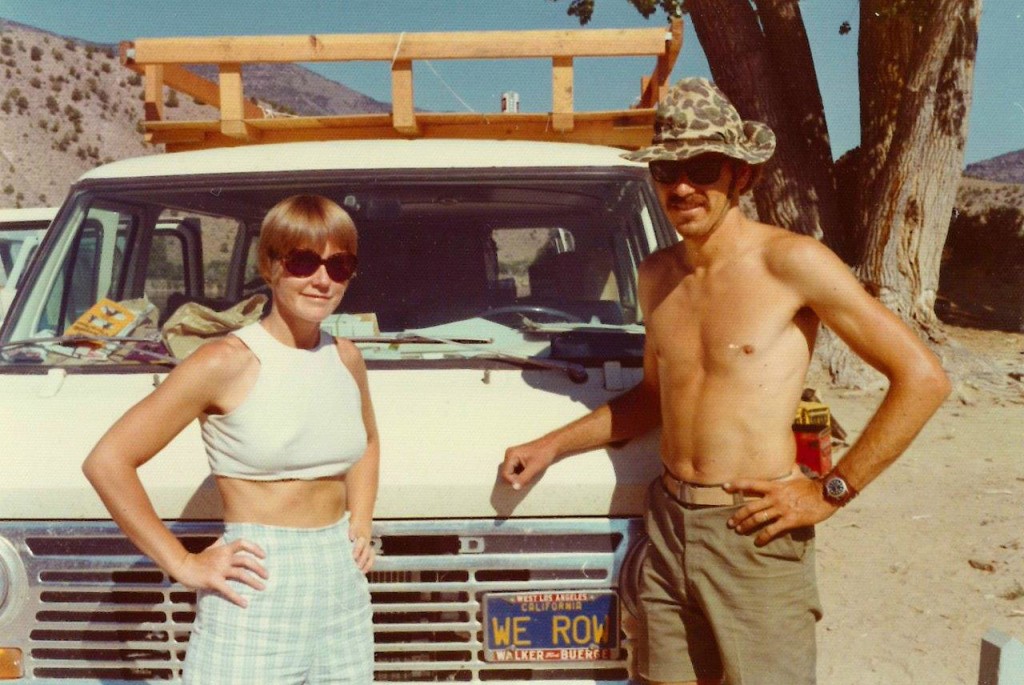
Martin Litton, a longtime environmental activist and founder of Grand Canyon Dories, knew in his heart who would be the best choice to carry on the long legacy of dories in the Grand Canyon. “It said it on his license plate, ‘WE ROW,’ and that meant that he was an advocate for rowing.”
When he said that, Litton was referring to OARS founder George Wendt, who took over the reins of Grand Canyon Dories in 1988 under two conditions: That the company would exclusively run dories and that the trips would always be oar-powered. Wendt, a longtime conservationist, who like Litton had fought to help protect the Grand Canyon from dams in the 1960’s and had also been guiding commercial river trips on the Colorado River and other rivers of the West since 1969, happily signed on.
Grand Canyon Dories, which is now part of the OARS Family of Companies, was and still is the only commercial outfitter to guide the Grand Canyon exclusively in dories. But why was Litton so adamant about this? And why was he so convinced that OARS would be the right company to carry on the legacy of the dory? First, you need to know a little piece of dory history.
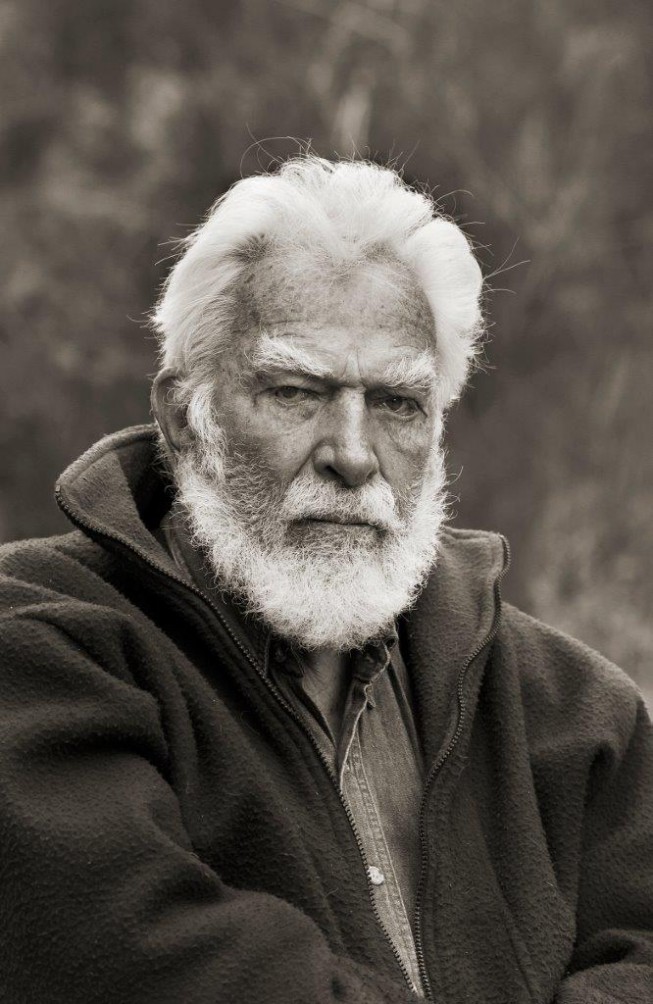
The Modern-day Dory Story
In 1955, as an already well-known environmental crusader, then 38-year-old Litton hired a boatman named P.T. Reilly to take him down the length of the Grand Canyon for the very first time. Like early explorer John Wesley Powell, who led the first expedition down hundreds of miles of uncharted water on the Colorado River, their small team headed downstream with a fleet of small wooden row boats. One of the boats “was a hybridized version of a white-water boat that had evolved on a river almost nine hundred miles to the north, in Oregon—a type of craft with which Litton would later develop a lasting connection” (Fedarko 81). It was this trip through the canyon, and the way its magnificent beauty grabbed at his soul, that would help set the course of direction for Litton’s future, and the beginning of Grand Canyon Dories.
Eight years after that first trip, Litton joined one of the most important environmental battles ever—the fight to save the Grand Canyon from being dammed. At this point, he was intimately familiar with this natural paradise, and would prove to be one of the best spokespersons for why the Grand Canyon should be saved. In 1968, after a long and controversial environmental battle, both houses of Congress signed legislation that would protect the Grand Canyon from hydroelectric dams. And while Litton would say his role was minor, his place in conservation history was permanently secured.
The Beginning of Grand Canyon Dories
After the Grand Canyon was saved from being dammed, the Grand Canyon rafting industry on the Colorado River took off. Instead of leaping into an activism career, or continuing to write travel stories for Sunset Magazine like he had been, Litton decided to literally jump on the boat and open his own commercial river-running company. At the time, the river-running industry was also transitioning into the modern era of rubberized rafts and motor rigs, but that was not how Litton planned to play a part. He was determined to run dories down the Colorado, a nod to the early river expeditions of the late 1800’s, but also for the fact that the dory’s aesthetics and charm were unmatched.
“For reasons that no one could quite put his or her finger on, the little boats evoked passion and loyalty among everyone who built, rowed or simply looked at them” (Fedarko 93).
And while they were beautiful, Litton’s early dories, which couldn’t carry many passengers and needed repairs anytime they grazed a rock, were not the ideal craft for the Grand Canyon. Or were they?
“Somewhat to Litton’s and everyone else’s surprise, the dories were an immediate hit with passengers, and as word leaked out, more people began telephoning his house in California to ask about booking a trip for the following summer” (Fedarko 94).
In the years to come, Litton not only stuck with rowing dories through the Grand Canyon, but he also worked with a builder named Jerry Briggs in Oregon to perfect their shape, size and maneuverability so that they would become nothing short of the best craft in which to experience the Grand Canyon. Tying his dories to the natural world, and in some respects the battle over the Grand Canyon itself, Litton also initiated a ritual of naming each boat after a natural wonder that had been lost or destroyed at the hand of man.
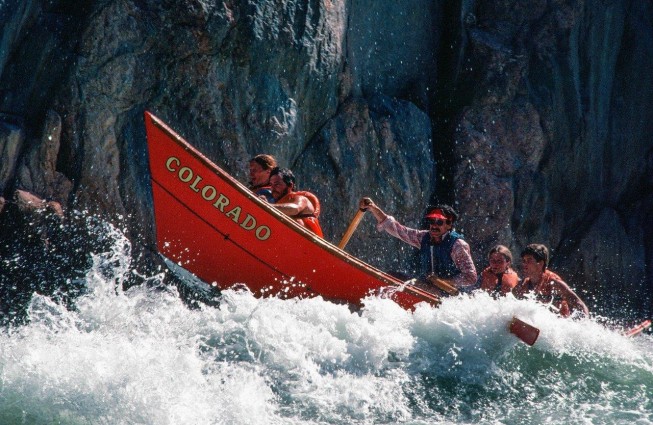
“And for the special boat that spawned all the rest, the one whose lines had served as a blueprint for everything that followed, Litton selected perhaps the most beautiful name of all. It was a gesture of remembrance in honor of a dense and towering stand of continuous old-growth redwoods tucked deep in the coastal forests of Northern California—an entire mountainside mantled in some of the tallest virgin trees in the world, until a chunk of it was clear-cut during the early 1960s by a logging company that was hoping to disqualify the grove from inclusion in a national park. ‘Truly something to cry about,’ Litton had declared at the time. And so she became the Emerald Mile” (Fedarko 96).
It was this dedication to the natural world and his pure love for dories that would make Litton and his company an icon of the Grand Canyon.
The Dory Legacy
There seemed to be a certain quality about Litton that forced people to take note of both him and Grand Canyon Dories. As the river-running seasons went on, more and more guides were being drawn to his passion for the canyon, the environment and the dories themselves. And despite Litton’s reputation for not knowing how to run a business, providing very few amenities on his trips and paying his guides less than what other boatmen in the canyon were making, Litton’s crew began to grow.
“Partly, this rerouting stemmed from the pull exerted on them by the beauty of the dories, an attraction strengthened by Litton’s practice of assigning each member of the crew his own boat, which would be his alone to row and care for. But the potent element in the equation was the subversive sense of purpose the boatmen derived from belonging to a company that offered the longest, slowest, cheapest expeditions in the canyon as a way of building a constituency of ordinary citizen activists who would fight to protect the environment” (Fedarko 101).
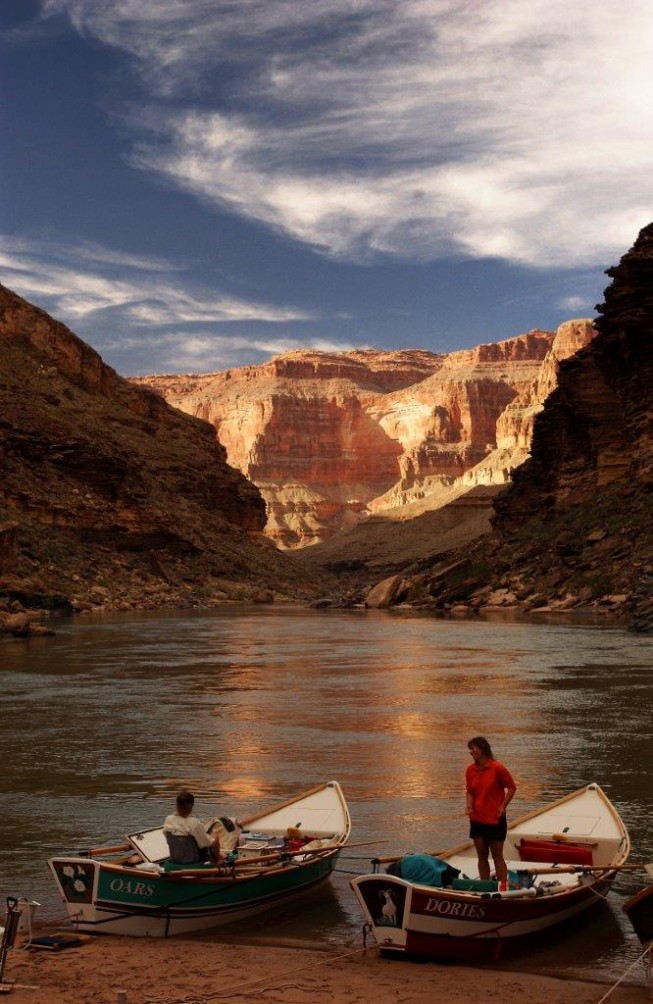
There was something special about being a “boatman” for Grand Canyon Dories. These men (Litton’s crew was all men initially) would not only master rowing the delicate dory through one of the most challenging rivers in the West, but they’d take after Litton and become role models and teachers of the river. Still today, a number of the early boatmen and women who learned the ropes under Litton continue to carry on the dory legacy, attesting to the powerful connection these men developed to both Litton and the company he founded.
The New Era of Grand Canyon Dories
In 1969, about the same time Litton launched Grand Canyon Dories, George Wendt took to the oars with his friend Ed Gooch, establishing Gooch-Wendt Expeditions on the Colorado River in the Grand Canyon. Within a few years, their company was selected as the first exclusively small-raft, oar-powered operator in the Grand Canyon and was appropriately renamed OARS (Outdoor Adventure River Specialists). Since then, Wendt has taken the OARS experience from the churning waters of the Grand Canyon to over 35 rivers and coastlines around the world, while maintaining the same commitment to sustainability and the environment that Litton cherished.
And while Wendt’s company took to rowing small inflatable rafts on the rivers of the West, he was always dedicated to being oar-powered. He believed, and still believes, that the only way to give people incredible access to some of the most extraordinary and least-visited places on the planet is by going slowly—taking your time and truly experiencing everything these special places have to offer.
Wendt, an activist like Litton, has also joined various battles throughout the years to protect natural places that were threatened by dam building projects, including the fight to save the Grand Canyon, the Stanislaus River in California and the Bio Bio River in Chile. With Wendt’s passion for non-motorized trips and his own commitment to conservation, Litton was pleased to assign the Grand Canyon Dories legacy to the OARS family.
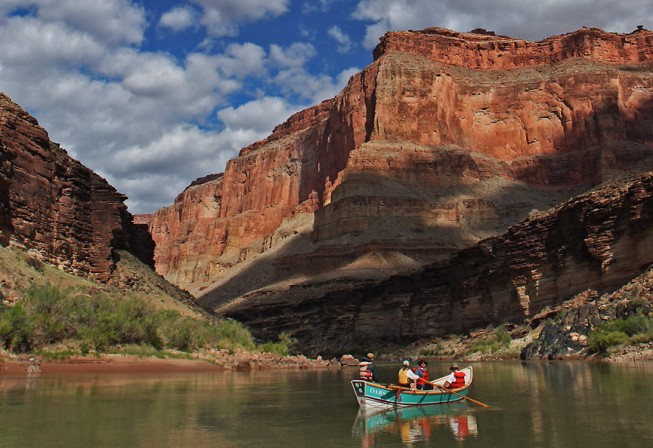
2014 marked the 45th anniversary of the OARS Family of Companies and 44 years since Grand Canyon Dories was officially incorporated. Today, these pioneering companies on the Colorado maintain an ongoing commitment to conservation and responsible travel through unequaled access to more rivers—by dory and raft—than any other organization in the world. These days, you don’t have to run the Grand Canyon to experience the magic of a dory. OARS celebrates the dory, and inspires a new generation of dory guides and travelers, by running them on rivers throughout the West, including Idaho’s Snake and Salmon Rivers, Utah’s San Juan, Green and Yampa rivers and on the Colorado River through Cataract Canyon, among others. And, anyone who’s been down a river in a dory knows that aside from the incredible places these boats will take you, or the wonderful experiences you will have, aside from the dory’s heritage and elegance, these boats, more than any other boat on the river, will affect the way you see the world and what it means to lose our treasured places.
For a complete history of Grand Canyon Dories and possibly the most riveting story ever told about the Grand Canyon, we encourage you to pick up a copy of the book this piece was inspired by—The Emerald Mile by Kevin Fedarko.
Related Posts
Sign up for Our Newsletter






